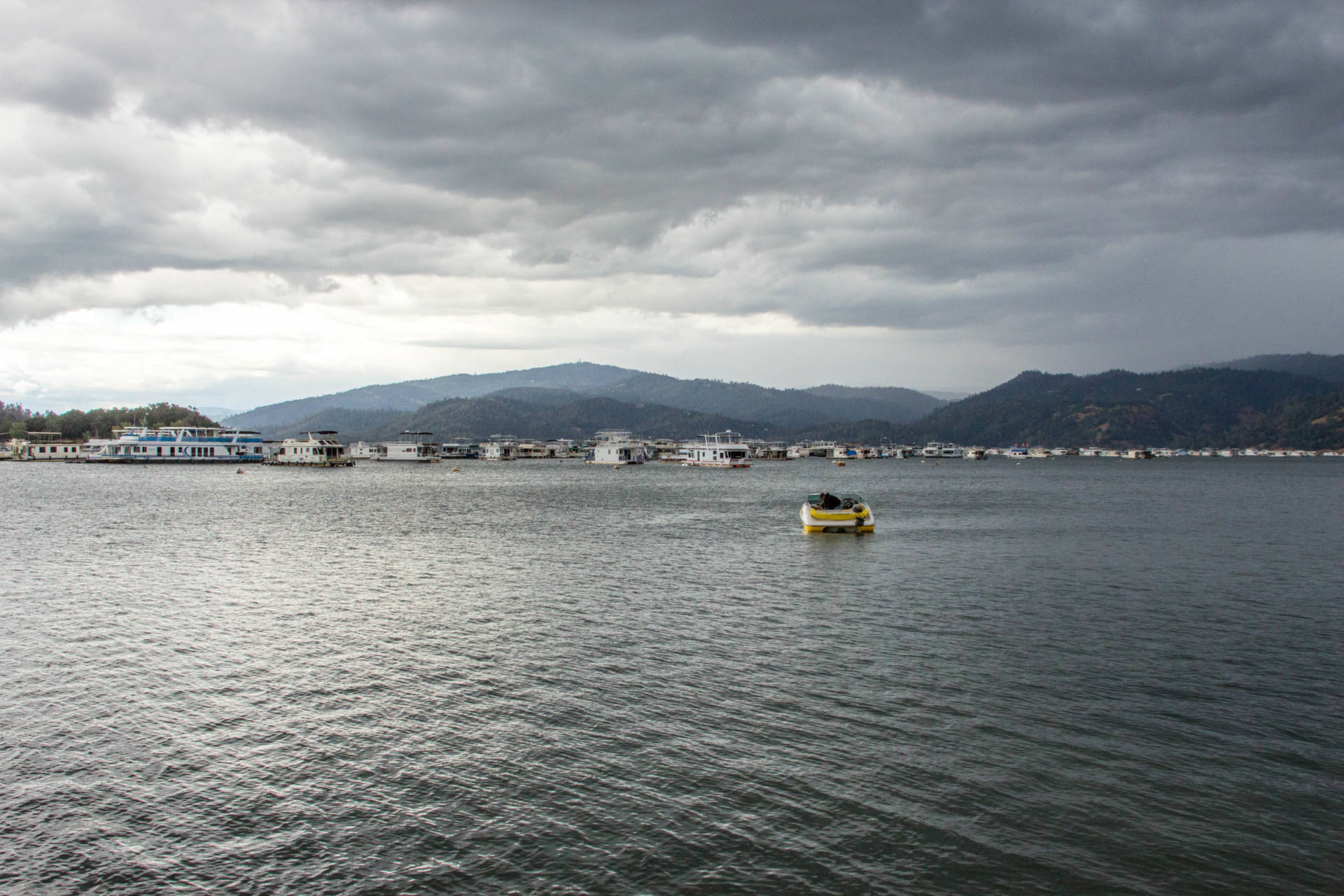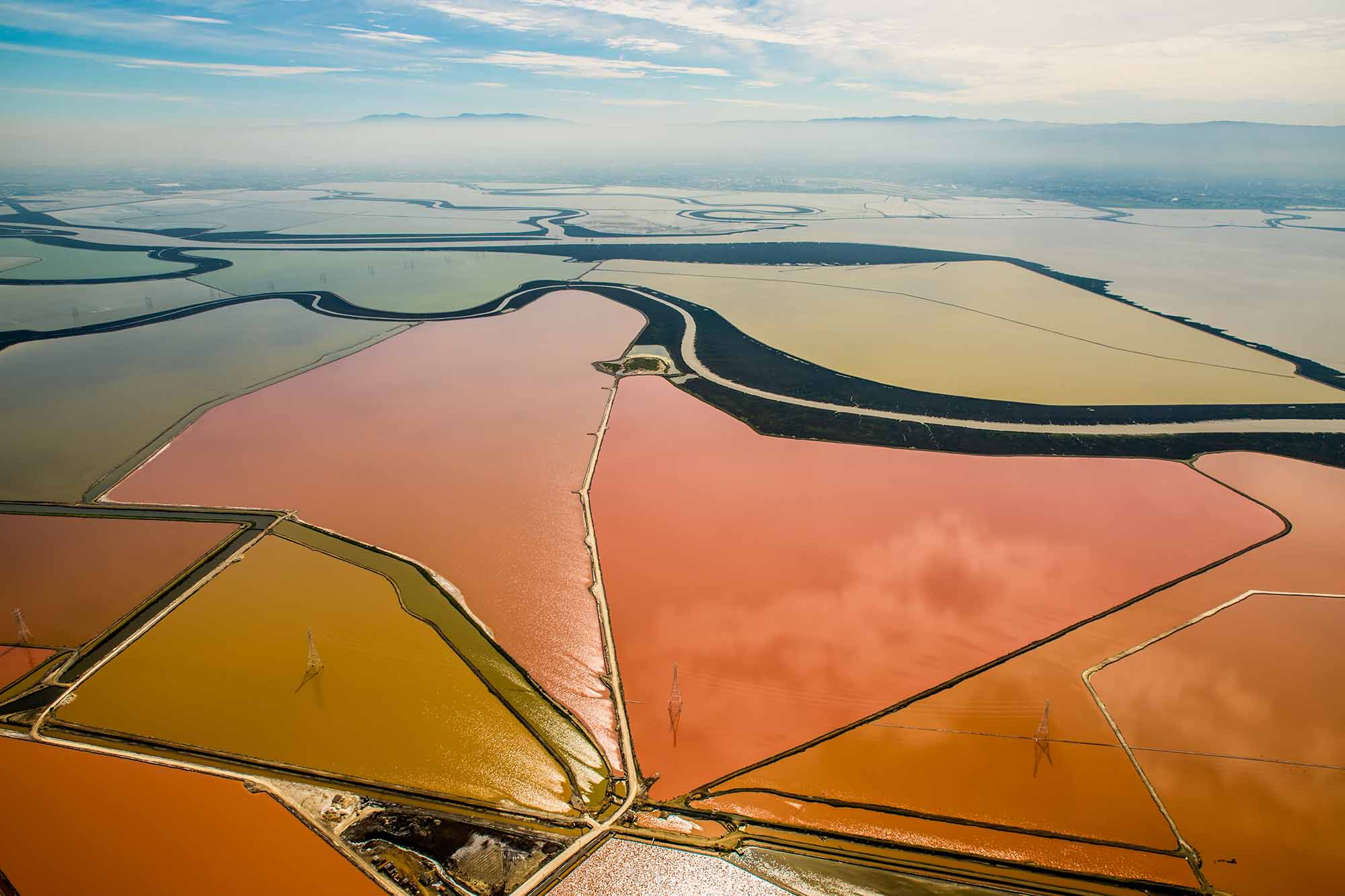The post below summarized the state's reservoir situation in May 2016 and does not reflect a current assessment of conditions. For up-to-date information, check the California Department of Water Resources daily report on reservoir levels: Daily Reservoir Storage Summary.
Original post (May 2016):
The perhaps not-so-secret nature of California's major reservoirs -- the big artificial lakes designed to impound floodwaters and snowmelt coursing down the state's biggest rivers -- is that they're little more than big bathtubs. We depend on a beneficent nature to turn on the taps every winter and fill them. And we pull the plug every spring to drain them for use by farms and cities far away.
Drought, not very beneficent to us or to anything else that might depend on water, interrupts the cycle of filling and emptying. So, as we've documented over the past couple of years, the big reservoirs have tended to fill only partway up and then drain close to their historic lows.
After our non-super El Niño winter, the surface water supply has mostly recovered. The biggest reservoirs, Shasta Lake and Lake Oroville, are better than 90 percent full and over 100 percent of their normal storage for this time of year. Folsom Lake, at the very edge of the foothills on the American River east of Sacramento, is about 85 percent full and more than 100 percent of average. (Statewide, the California Department of Water Resources says, the state's biggest reservoirs are at a collective total of about 87 percent of average.)


